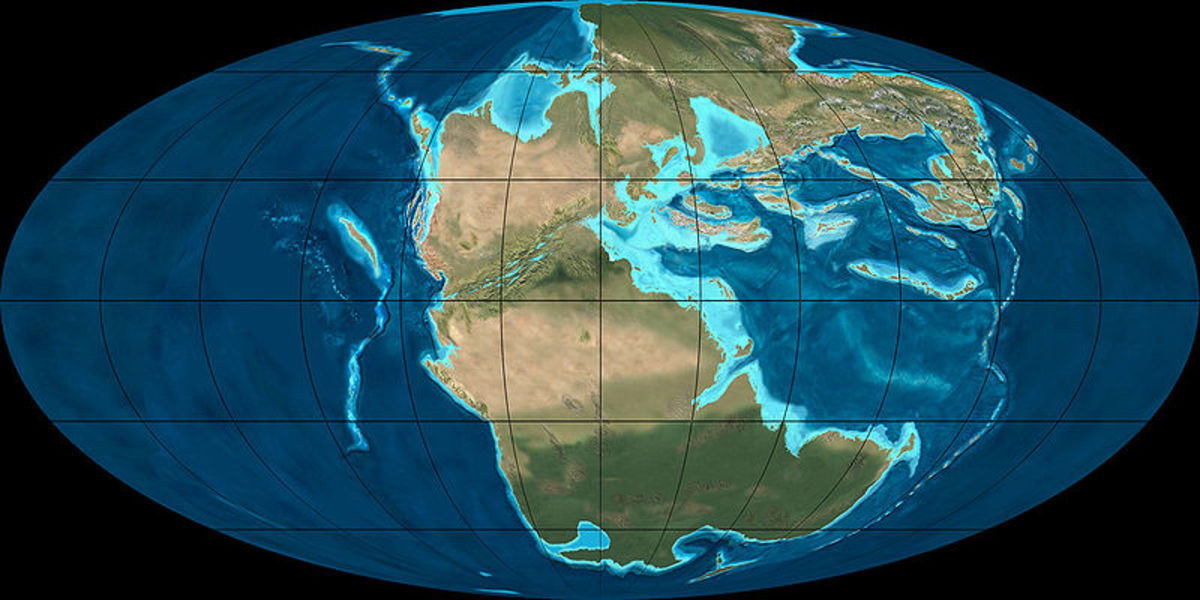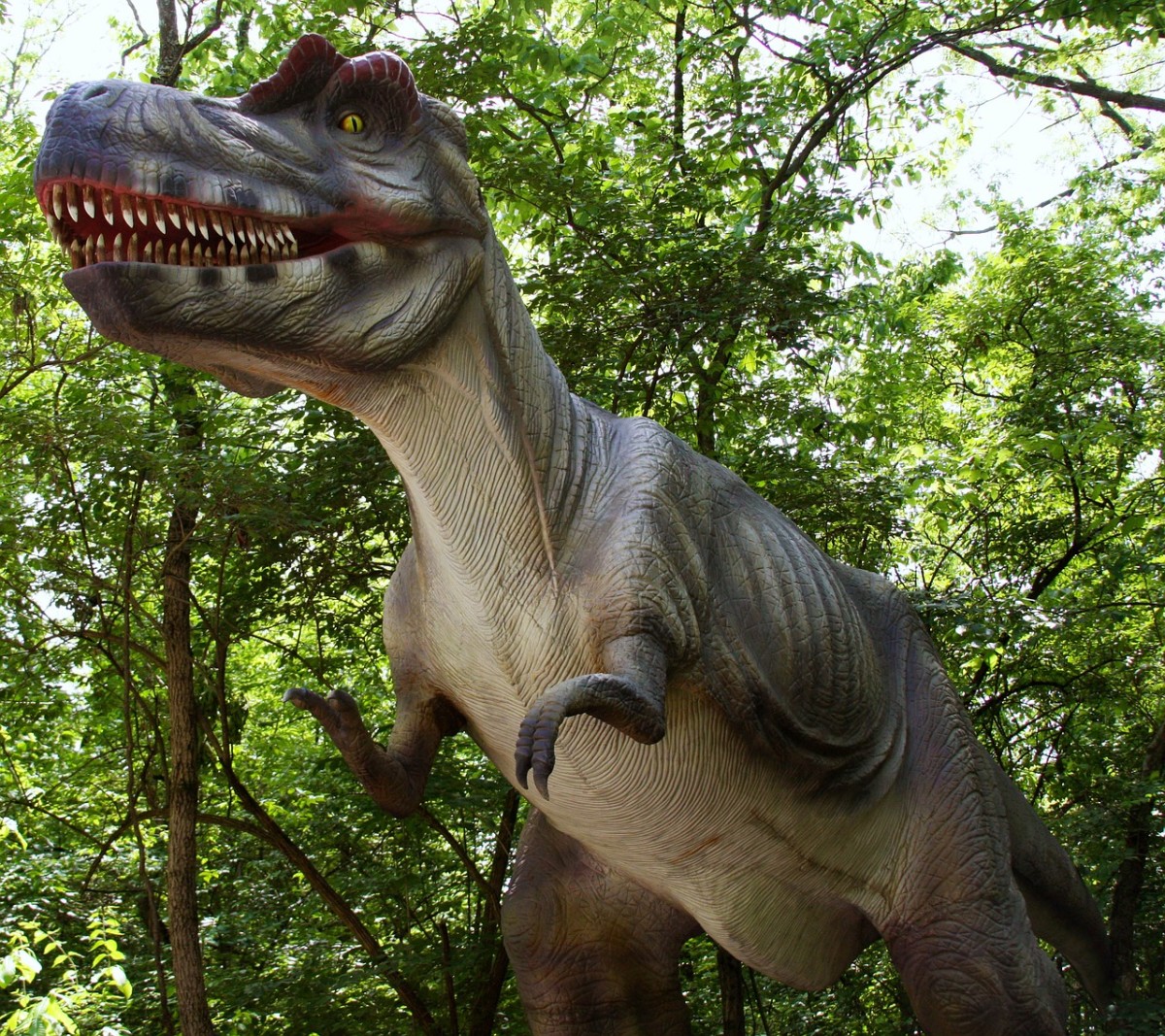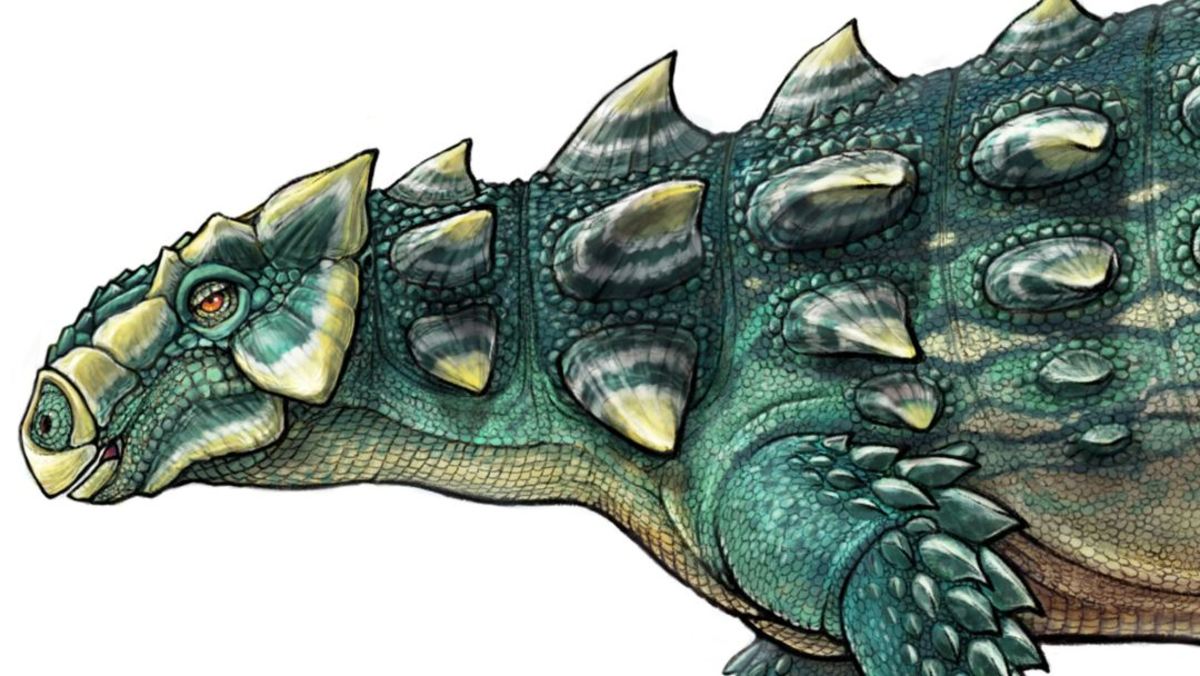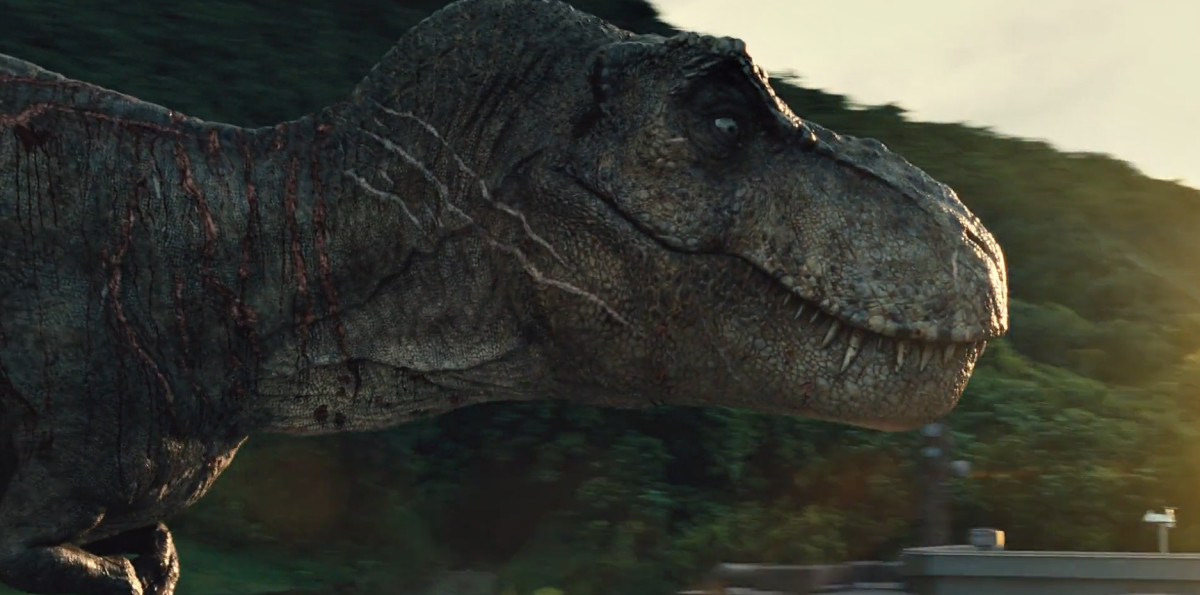Dinosaur Extinction
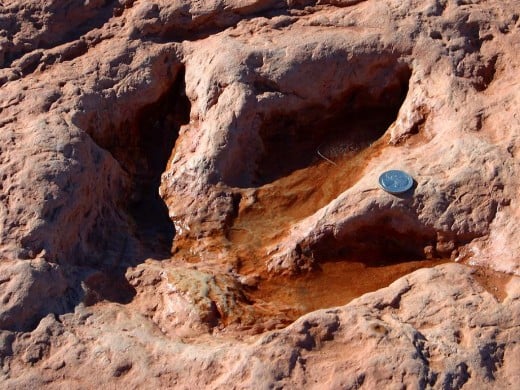
There is still no definite explanation as to why dinosaurs disappeared. But scientists have been arguing on several theories on the possibilities of what might have occurred. One thing is for sure, dinosaurs became extinct at the end of the cretaceous period about 65 million years ago and fossils and rock formation is continuously being studied by paleontologists to solve or shed light to this issue.
Asteroid Theory
A widely accepted explanation is the Asteroid theory proposed by the team of Luis and Walter Alvarez. It suggests that a huge asteroid—almost a mile in diameter, hit the earth and the resulting impact caused an enormous explosion. The outcome of which threw dust clouds in the sky that surrounded the earth in darkness; massive forest fires triggered by the heat would add smoke to the sky, darkening the planet even more. Findings of the Scientists at the Southwest Research Institute in Boulder, Colorado confirmed this theory after tracing the path of that asteroid back into space. According to their calculations 160 million years ago a collision between Baptistina , the 100-mile-wide asteroid and a smaller asteroid outside the orbit of Mars, shattered the larger asteroid and sent pieces of it into the inner solar system. After 95 million years these pieces came in contact to the earth that ended dinosaurs' reign (Krystek 2008).light to this issue.
Another theory that could explain the extinction of dinosaurs was proposed by Dewy McLean is the Volcano-Greenhouse Theory. McLean suggested that rapid eruption of vast Deccan Traps lava fields-- a hotspot volcano on Reunion Island in the Indian Ocean about 700 km east of Madagascar; flooded the earth’s surface with overwhelming amount of carbon dioxide, it is considered as one of the greatest volcanic eruption in earth history. The duration of the volcanic eruption is the same with major shifts in the carbon cycle. This subsequently caused greenhouse warming and chemical changes in the ocean that caused mass extinction including dinosaurs.
What theory do you think best explains why dinosaurs became extinct?
Dinosaur as Presented in Movies
Bug/ Disease theory
The third theory that could explain the disappearance of dinosaurs is the Bug/ Disease theory by George Poinar. This theory suggests that disease-carrying insects rapidly expanded during the late cretaceous era, many of which carry new diseases. Poinar explains that the increase in temperature and evolution of flowering plants in the late cretaceous era contributed to make a perfect condition for an explosion in the number of disease-carrying insects. The dinosaurs have little resistance to the new diseases declined in population (Krystek 2008).
Double Whammy Theory
Lastly, the Double Whammy theory by Professor Arens. She argued that, dinosaurs became extinct because of a series of events and not just a single phenomenon. In addition, the earth has experienced several traumatic events over history, it’s on this periods that extinction rate soars up. In the case of the dinosaurs, a combination of massive volcanic eruptions meteor/ asteroid impacts were taking place hitting life on earth with a "double whammy" (Ibid.)
Other theories would suggest that dinosaurs became extinct because of food chain imbalance, ice age, gradual changes in temperature, and adaptation failure. Same paleontology data often times would yield different conclusion. One thing is for sure, additional researches are needed to fully explain as to why dinosaur became extinct. Collective paleontological findings and general study and calculation would be helpful to truly understand as to what caused their disappearance.
Reference
Krystek, Lee. Who Dunnit to the Dinosaurs? Museum of Unnatural Mystery. 2008. <http://unmuseum.mus.pa.us/deaddino.html>
McLean, Dewey M.The Deccan Traps Volcanism-Greenhouse Dinosaur Extinction Theory. Dewey M. McLean. 1995. <http://filebox.vt.edu/artsci/geology/mclean/Dinosaur_Volcano_Extinction/pages/studentv.html> 17 July 2009.



